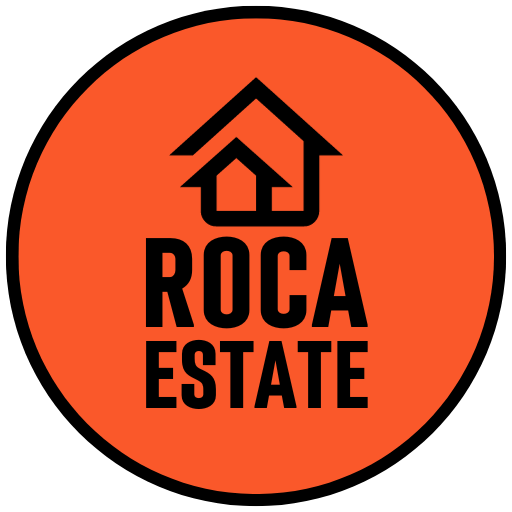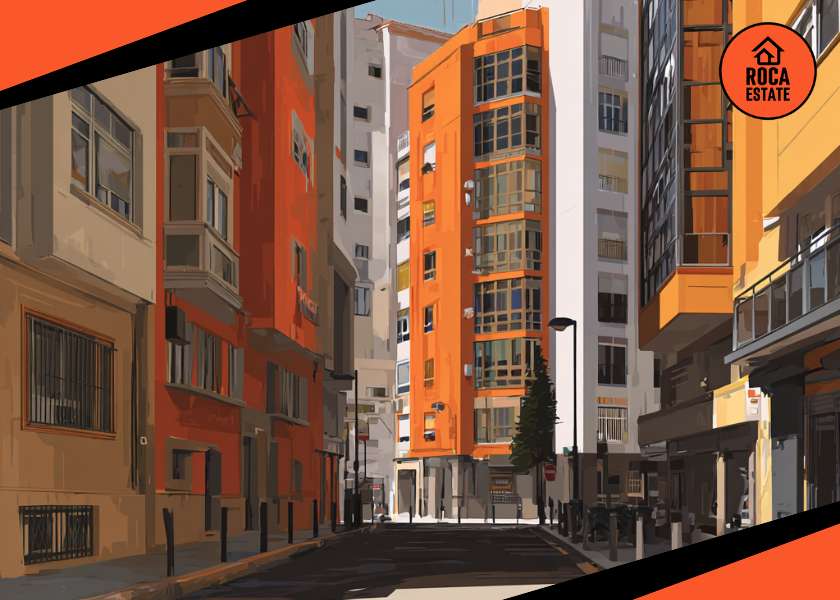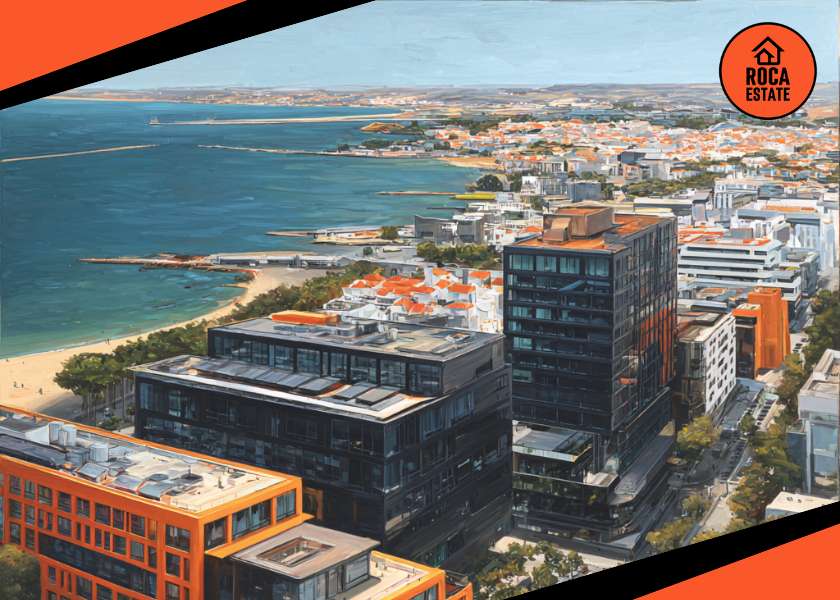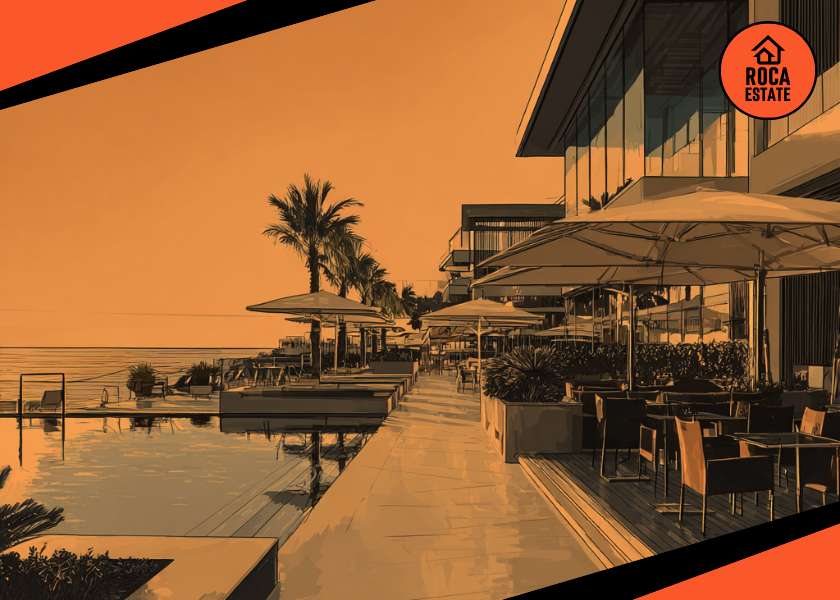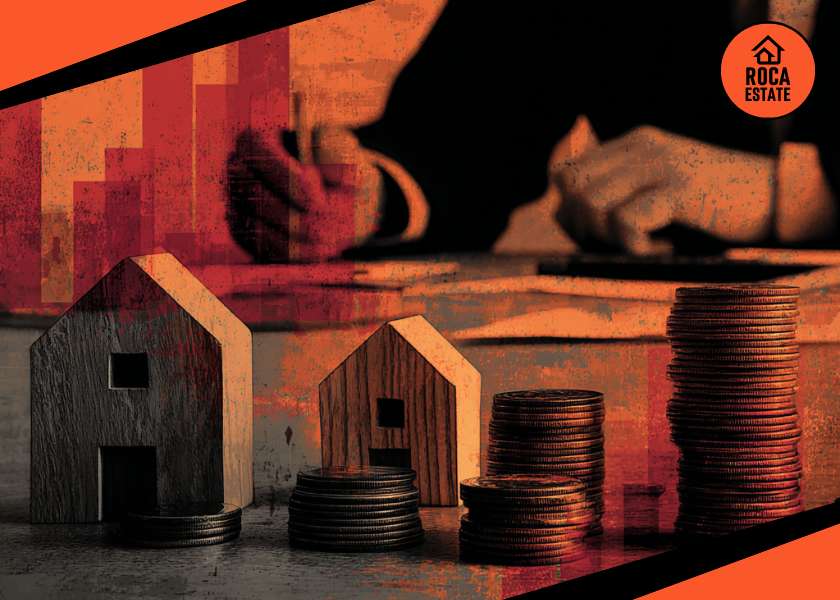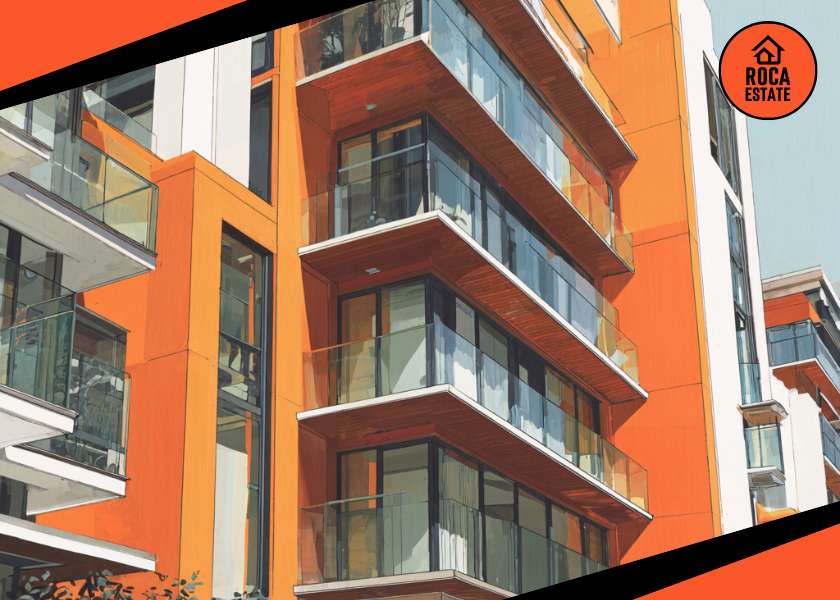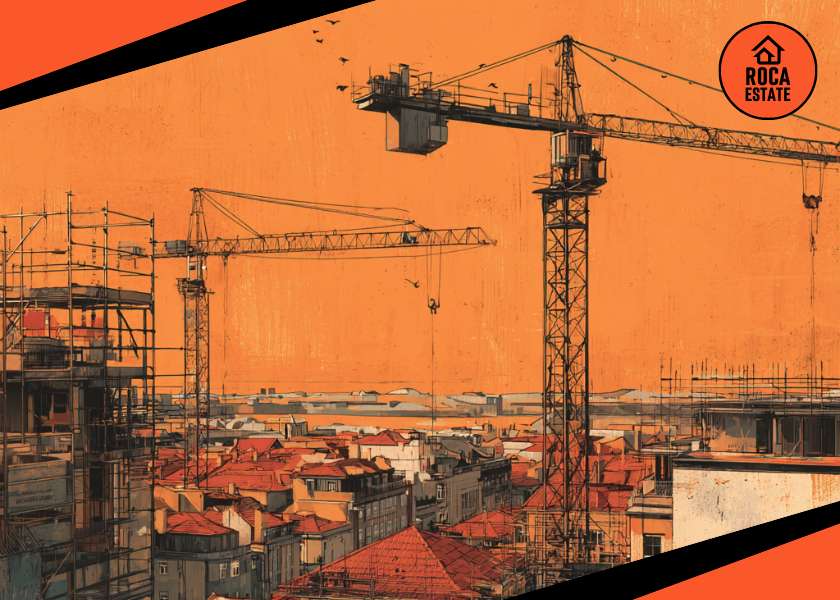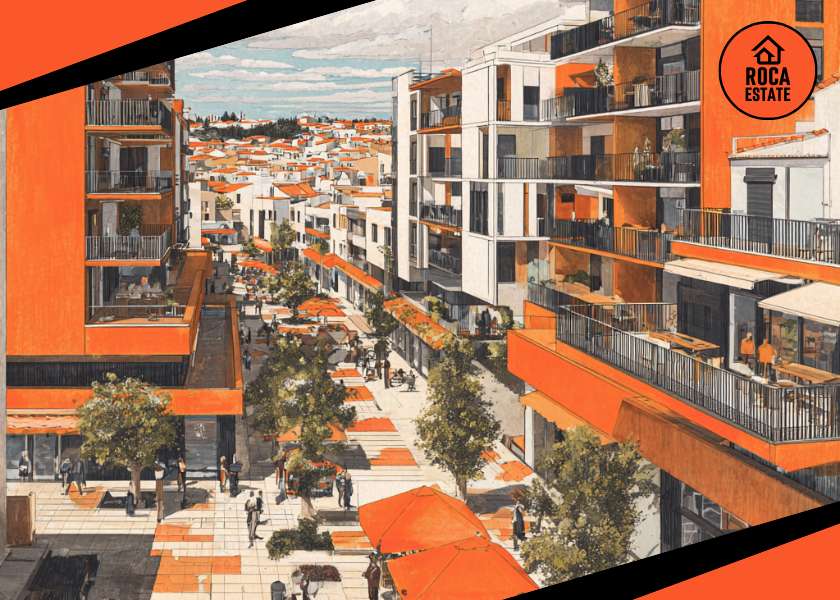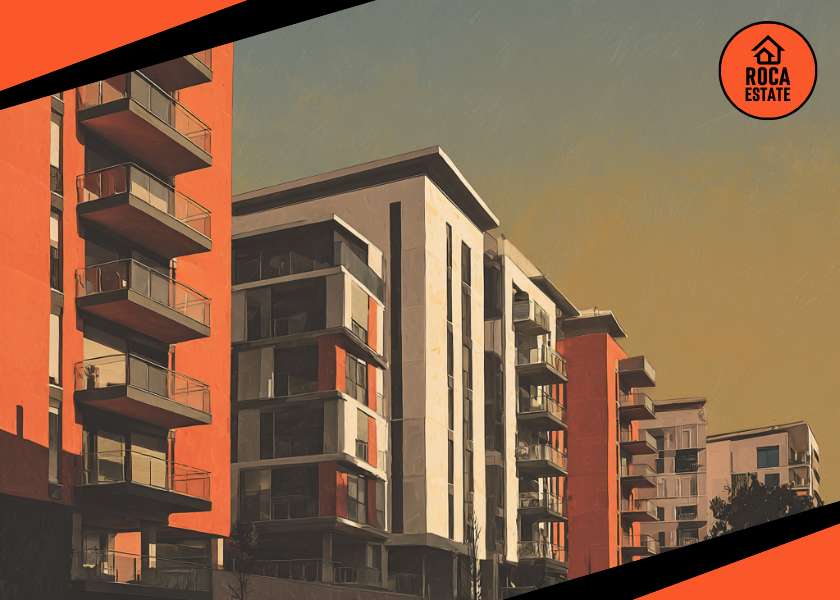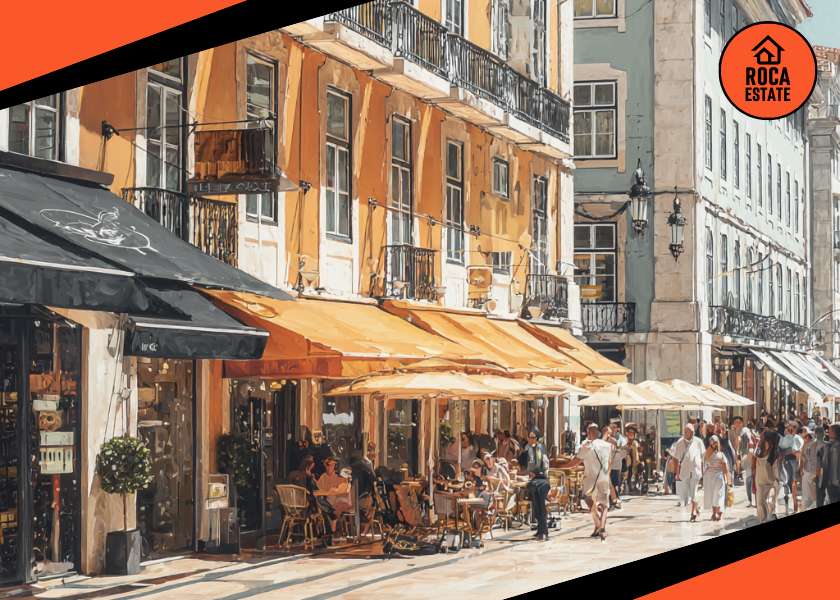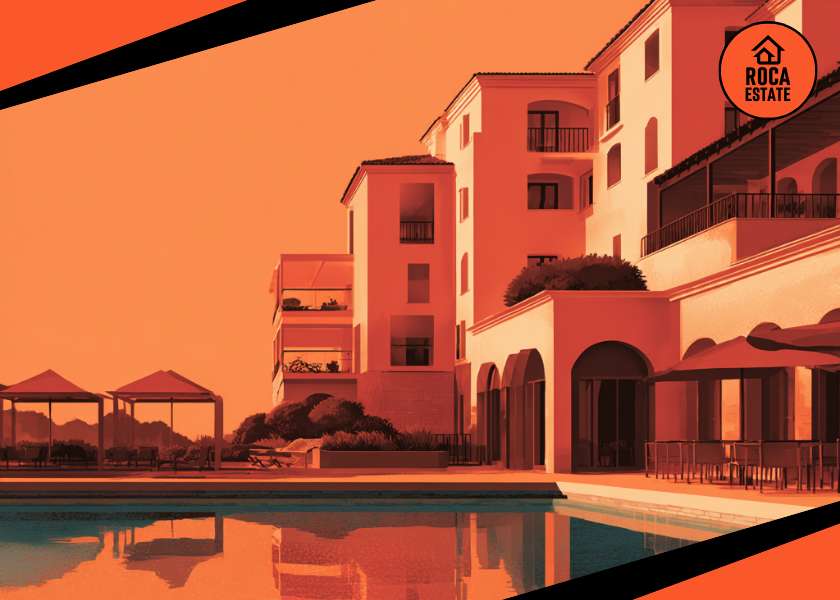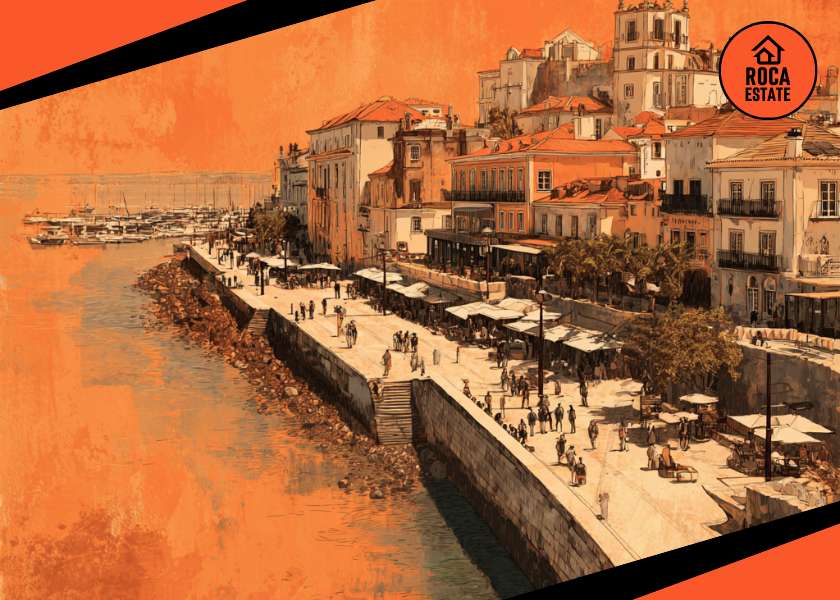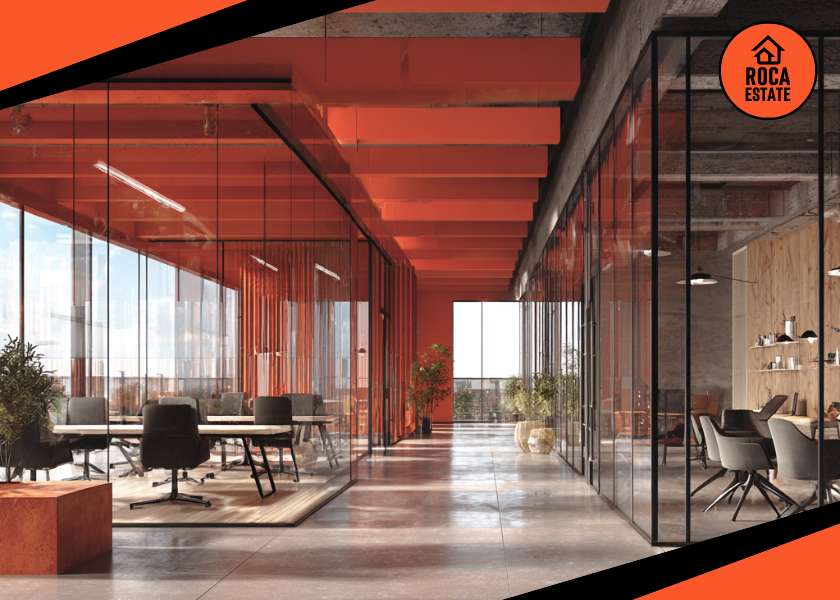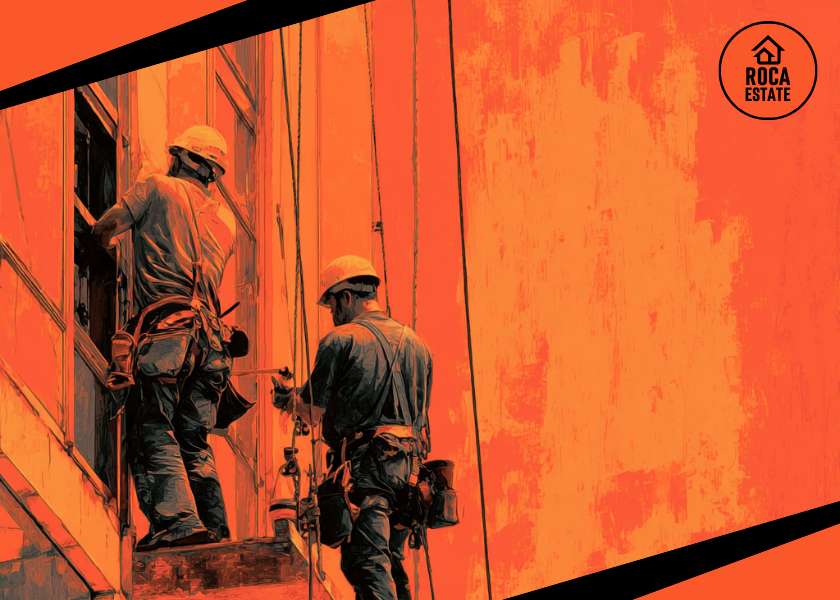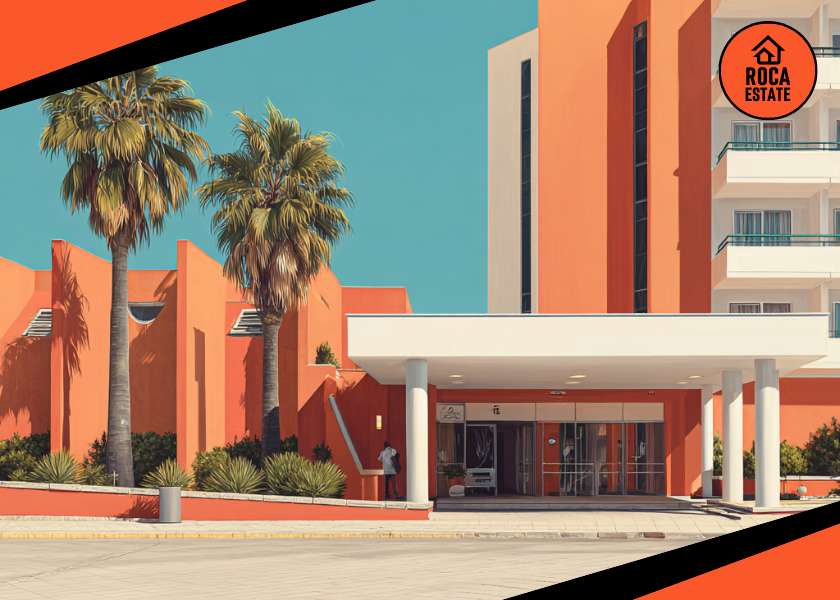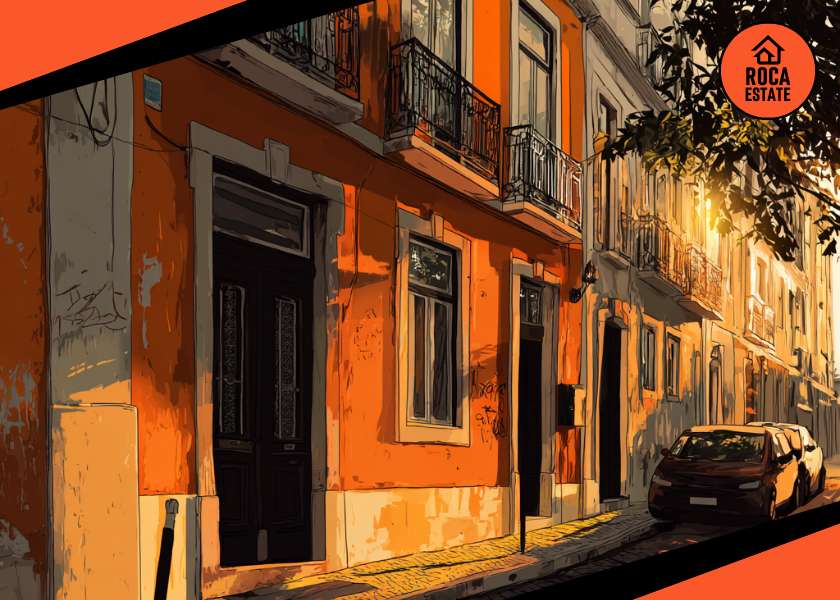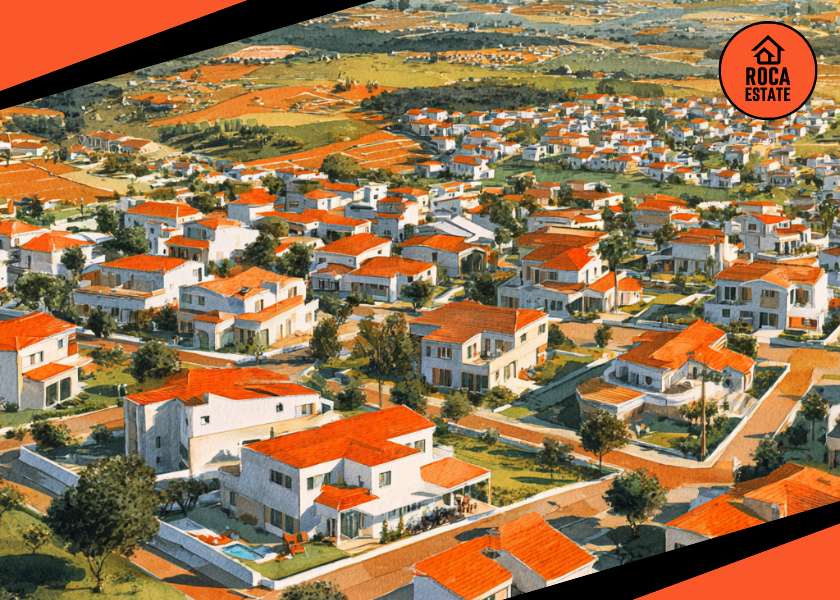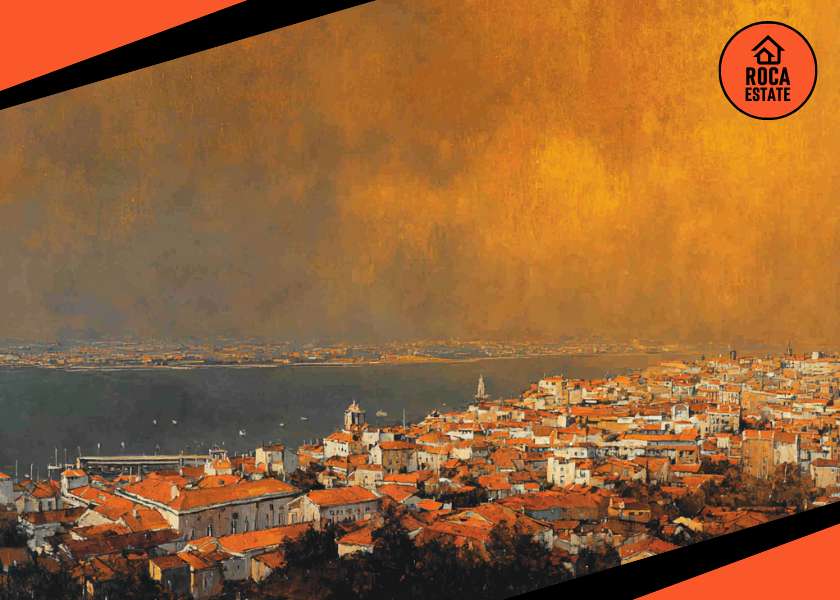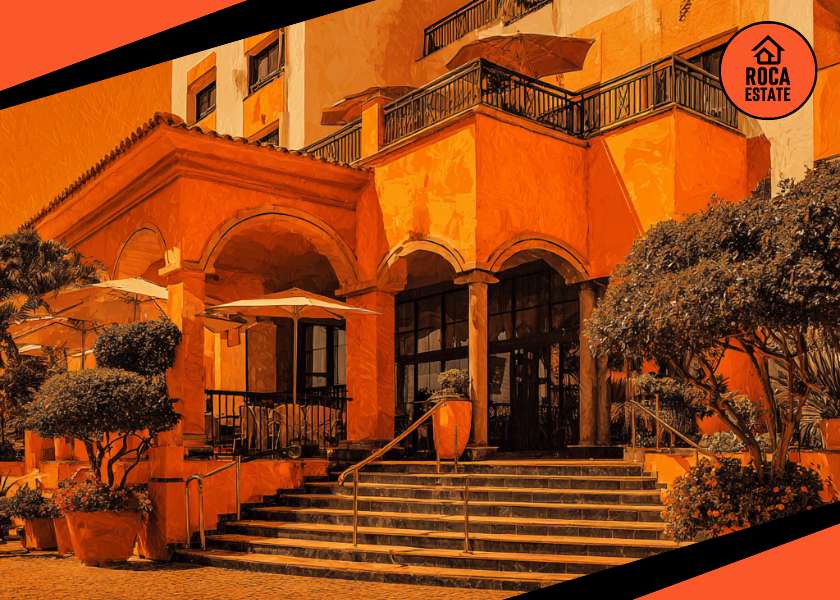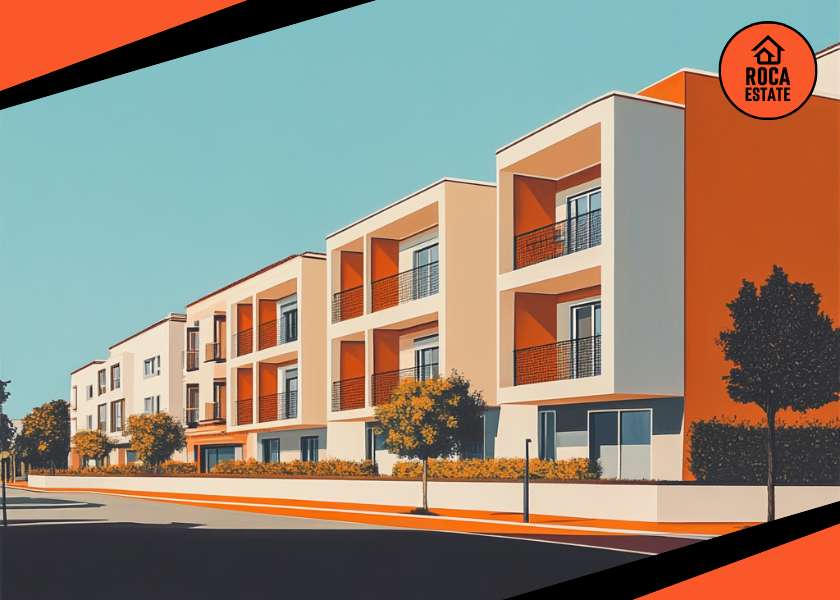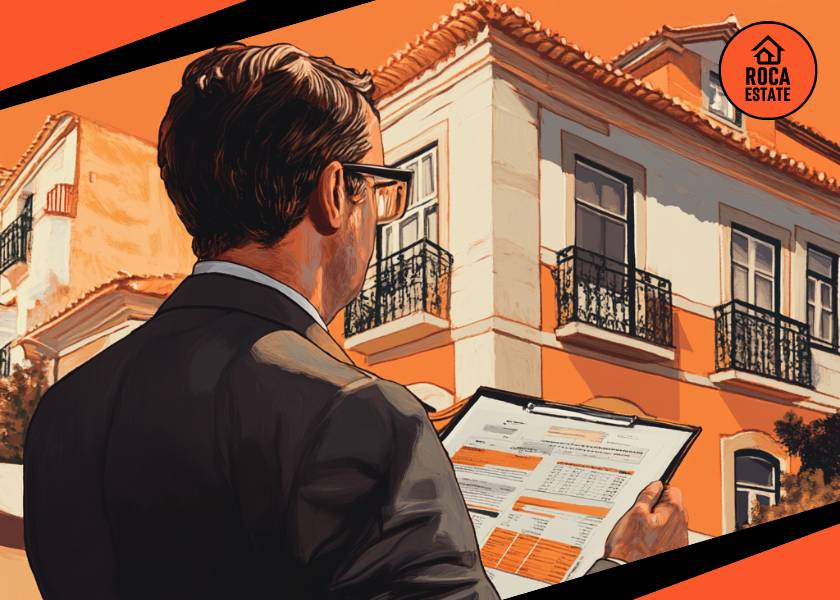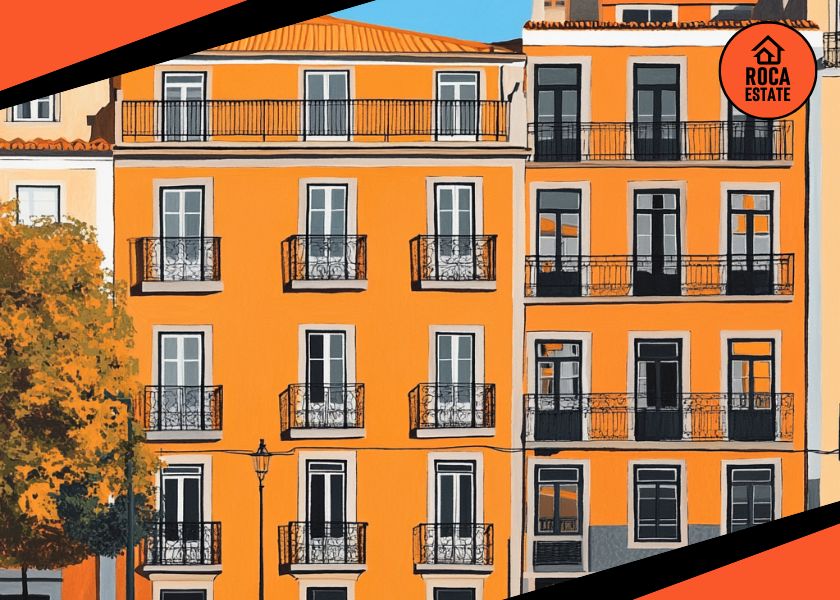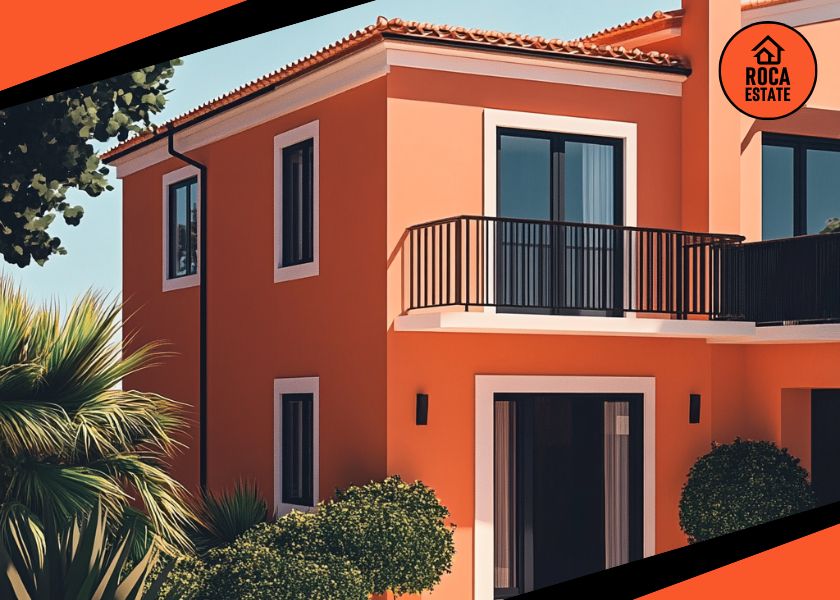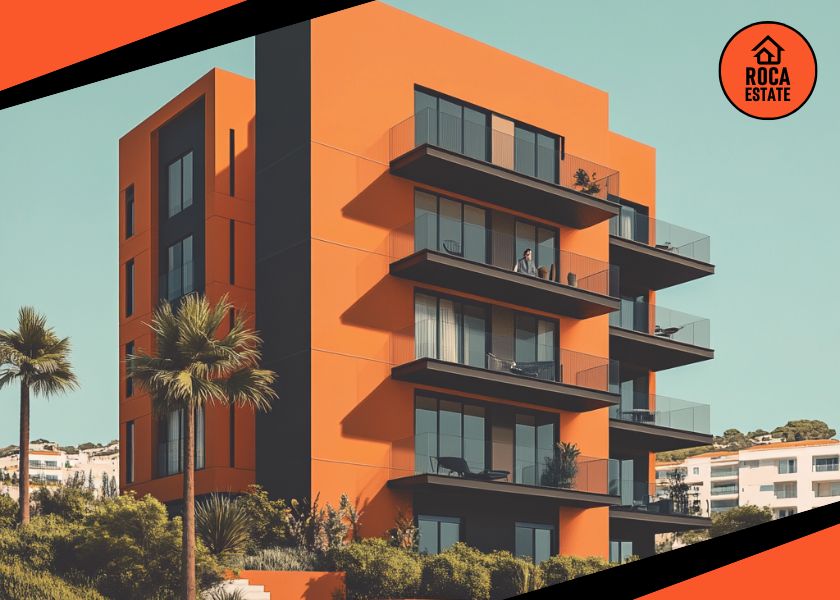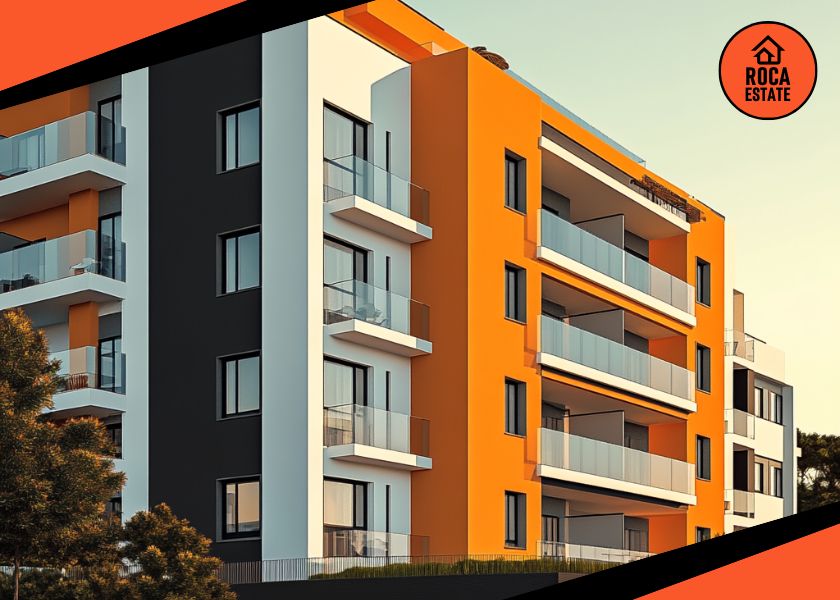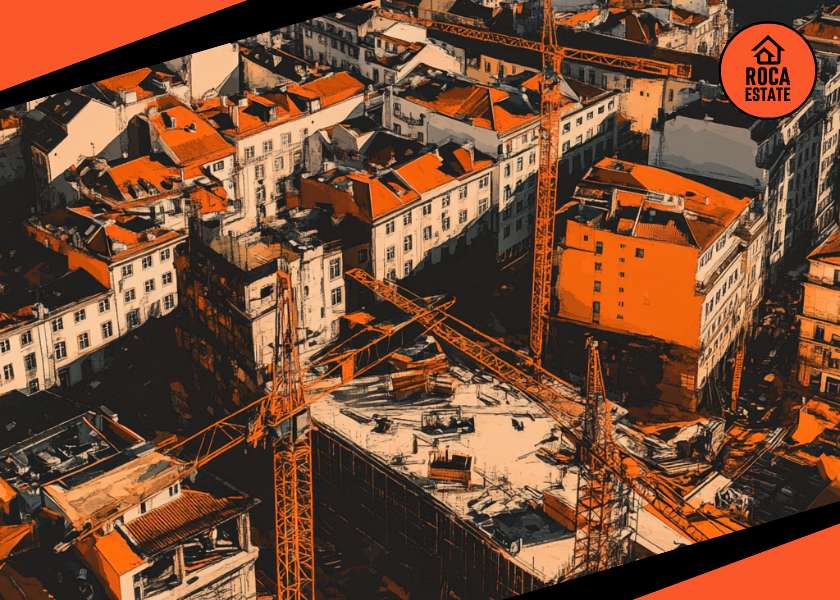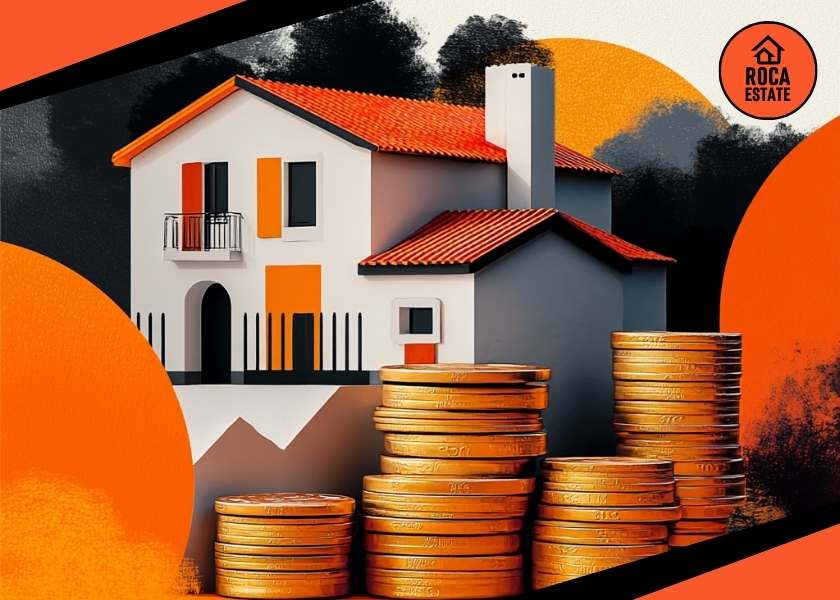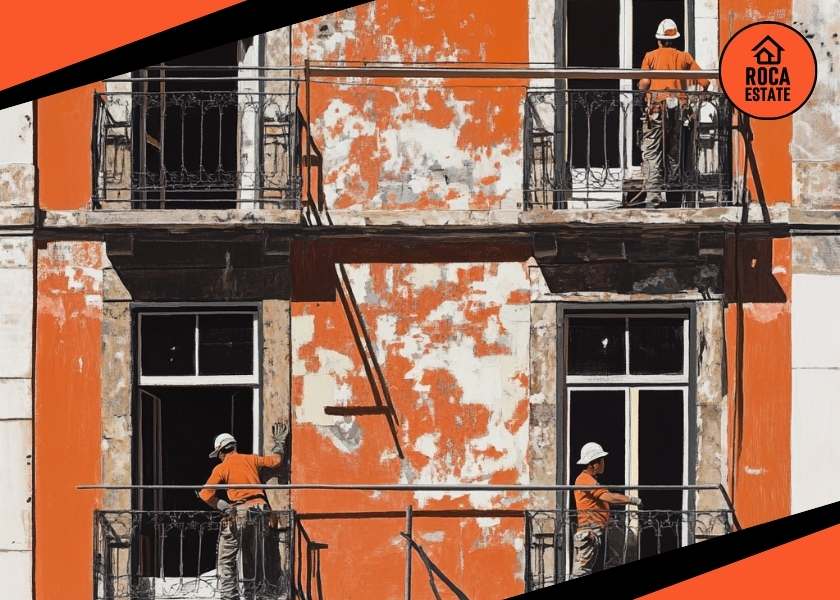The Portuguese property market roared into 2025 with double-digit price growth and a sharp rise in transactions. But for seasoned real estate investors, the latest data from the National Statistics Institute should raise eyebrows more than enthusiasm.
The Q1 2025 House Price Index shows a 16.3% annual surge in home prices — the sharpest spike in years. Yet when price acceleration runs this hot, risk exposure rises in tandem. The residential sector may be approaching a ceiling. It’s time for a shift in strategy.
Residential Prices: Impressive Gains, but a Maturing Cycle
Existing homes led the growth, posting a 17.0% year-on-year increase, with new dwellings not far behind at 14.5%. Quarter-on-quarter, prices jumped 4.8%. These figures are headline-grabbing, but they also reflect a late-cycle trend: rapid appreciation detached from income fundamentals.
Transaction volumes rose 25.0% year-on-year but fell 8.5% from the previous quarter, signaling cooling momentum despite higher prices. More telling is the growing dominance of domestic buyers – 87% of all transactions – while purchases by foreign investors shrank to their lowest share since 2021.
We’re seeing price strength without proportional market breadth. The local demand surge can’t be expected to absorb further inflation indefinitely. For investors focused on value preservation and yield, residential may be nearing saturation.
What’s Behind the Shift? Risk, Liquidity, and Yield Compression
While residential real estate still commands attention, the risk-reward profile is tightening:
- Yields are compressing: Prices are rising faster than rents, squeezing returns.
- Liquidity is concentrated: A large portion of activity is limited to a few metro areas like Lisbon and Porto.
- Foreign demand is weakening: Especially from non-EU buyers, down for the fifth consecutive quarter.
These dynamics suggest growing exposure to cyclical downturns and policy shifts, particularly around housing affordability, foreign ownership restrictions, and rent control measures.
Commercial Real Estate: A Strategic Alternative
With the residential market overheating, commercial real estate in Portugal is starting to look like the smart pivot.
Office, logistics, and mixed-use assets are increasingly attractive in a post-pandemic economy recalibrating toward remote flexibility, nearshoring, and tourism recovery. Yields in the commercial sector remain healthier and are often backed by longer-term contracts and institutional tenants.
Moreover, Portugal’s strategic position in Europe and improving infrastructure continue to attract foreign capital into commercial zones, particularly in the Lisbon Metropolitan Area and the Setúbal Peninsula.
Now is the time to reallocate capital. Commercial properties offer more predictable cash flow, better inflation hedging, and lower regulatory risk. It’s a more stable play in an otherwise frothy real estate market.
Regional Insight: Follow the Institutional Footprint
The Q1 2025 report highlights growth in less saturated regions like Setúbal and Madeira – areas also beginning to attract light industrial, warehousing, and tourism-driven commercial development. These are the zones where the fundamentals are stronger, and competition is lighter.
Conclusion: Rethink the Playbook
The data sends a clear message: while Portugal’s housing market remains active, it’s not low-risk. With valuations stretched, transaction growth slowing, and yield compression accelerating, the residential sector now carries more downside than upside.
Strategic investors should consider shifting focus toward commercial real estate investments in Portugal, where the fundamentals are firmer and long-term value creation remains viable. The opportunity isn’t gone — it has just moved.
Looking to reposition your portfolio in the evolving Portuguese property market?
Connect with Roca Estate to explore strategic opportunities in commercial real estate across Portugal’s most resilient and emerging regions.
